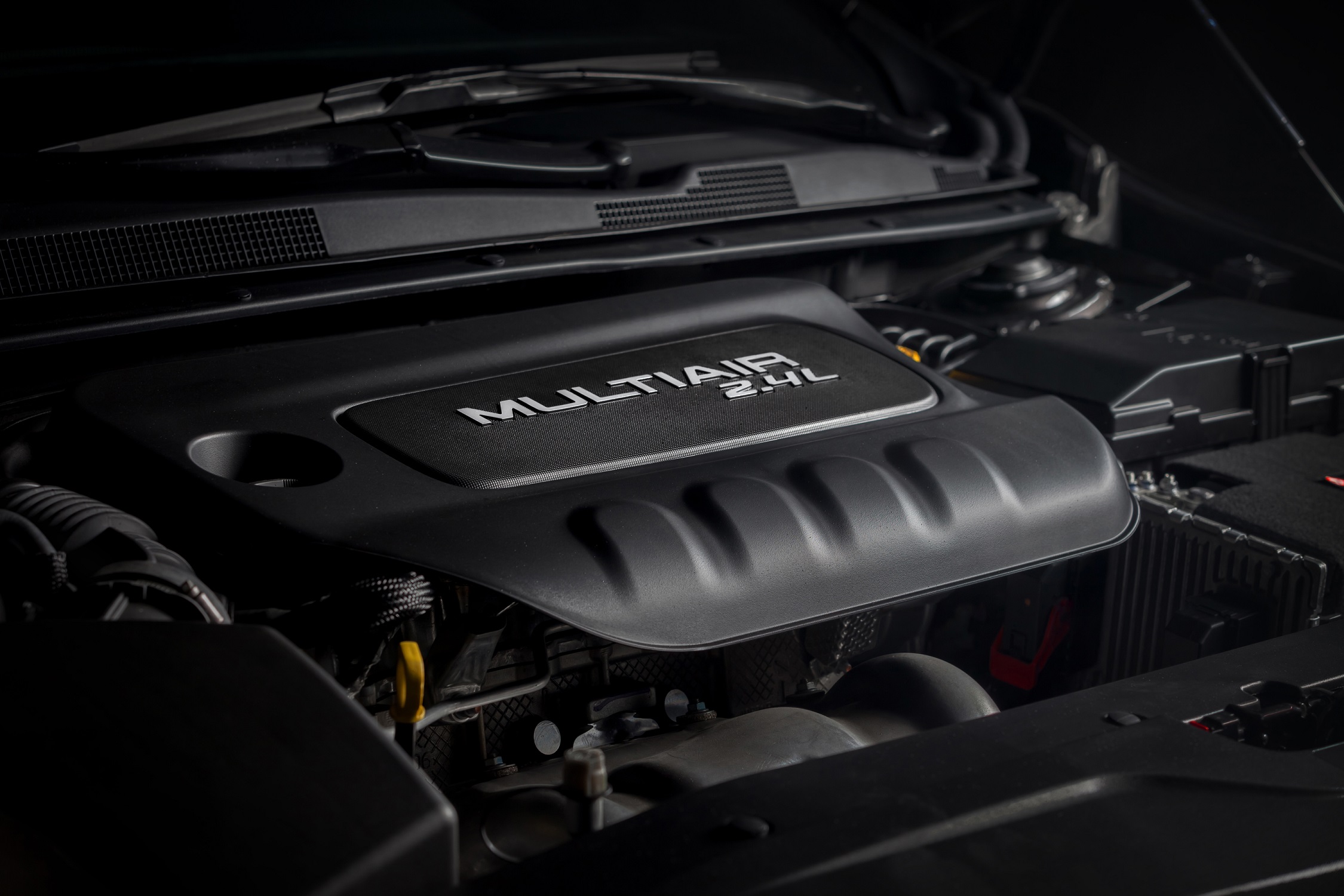Chrysler Group is offering fuel-saving Engine Stop-Start (ESS) technology as standard equipment on certain models of the 2015 Jeep Cherokee mid-size SUV and all-new 2015 Chrysler 200 mid-size sedan.
Chrysler 200 customers who opt for the 2.4-liter Tigershark I-4, and Jeep Cherokee customers who choose the available 3.2-liter Pentastar V-6, will experience estimated fuel-economy improvements of up to three percent, compared with the conventional vehicle-engine pairings.
“We’re taking highly efficient engines and upping the ante to further benefit our customers,” said Mike Duhaime, Global Director-Electrified Powertrain Propulsion Systems. “ESS leverages intricate control strategies to deliver a superior driving experience, as well as the expected fuel-savings and emissions-reduction.”
Availability in the Jeep Cherokee is scheduled for third quarter 2014. ESS arrives the following quarter in the all-new Chrysler 200. The technology made its NAFTA-region debut in the Ram 1500 full-size pickup. ESS accounts for a one-mpg city-cycle fuel-economy gain in the Ram.
At the heart of ESS is a high-speed/high-durability starter that reduces crank time, culminating in quicker restarts. Its function is regulated by algorithms that act on a vehicle’s powertrain and chassis components. As a result, acceleration is always aligned with driver inputs. Passive accelerator application is met with measured throttle response; hard inputs trigger aggressive starts. And there’s no waiting for either.
ESS works this way:
- Engine controls constantly monitor vehicle speed
- When the vehicle brakes to a stop, fuel flow is cut and engine turns off – events that save fuel and reduce emissions
- Beefier batteries maintain other vehicle systems so in-cabin comfort is unaffected
- When the brake pedal is released, the engine automatically restarts and the nine-speed automatic transmission is engaged – all within 0.3 seconds
If a driver chooses to forgo the benefits of ESS, the feature can be deactivated with the push of a button, and then reactivated.
The 16-valve, 184-hp 2.4-liter Tigershark comes standard in the all-new 2015 Chrysler 200. The I-4 also features the MultiAir2 electro-hydraulic fully variable valve-lift system. Exclusive to Chrysler Group in North America, MultiAir technology uses a column of oil in place of the traditional mechanical link between the camshaft and intake valves. Sophisticated electronic control of the MultiAir components maximizes intake manifold pressure, significantly reducing pumping losses.
MultiAir2 takes the innovation further by simultaneously controlling both valve opening and closing events to more effectively manage combustion quality. This ensures the appropriate, effective compression ratio and efficient internal exhaust-gas recirculation (EGR) for improved fuel economy.
The all-new 2015 Chrysler 200 is the world’s first mid-size sedan to feature a nine-speed automatic transmission, which comes standard and contributes to a fuel-economy gain of up to 13 percent compared with the outgoing car and its four-speed gearbox. Such performance is made possible because the ratio steps between its gears are smaller than those of other transmissions.
The Cherokee’s available 271-hp 3.2-liter Pentastar V-6 is derived from the 3.6-liter Pentastar V-6. The smaller-displacement V-6 helps the Cherokee deliver fuel-economy improvements of up to 30 percent, compared with the model it replaces.
Individual exhaust-manifold runners are integrated into the aluminum cylinder-head casting, a key Pentastar-family differentiator. This design feature reduces weight and affords packaging benefits. The 24-valve engine’s 10.7:1 compression ratio aids in lowering fuel consumption and improves performance while its variable-displacement oil pump further reduces parasitic losses to maximize fuel economy. The pump is programmed to operate as needed, staying in low-pressure mode below 3,500 rpm, and then bumping up pressure as demand follows engine-speed.
Source: Chrysler
Romain’s opinion:
It clearly seems that Chrysler and Jeep are benefiting from the Fiat technologies. Thanks to that, I guess that Chrysler group will take a competitive advantage in terms of fuel economy on the North American market. Do you think that competitors like Ford and GM will follow with some innovative fuel consumption reduction technologies?





















sir can u send me job offers in my email